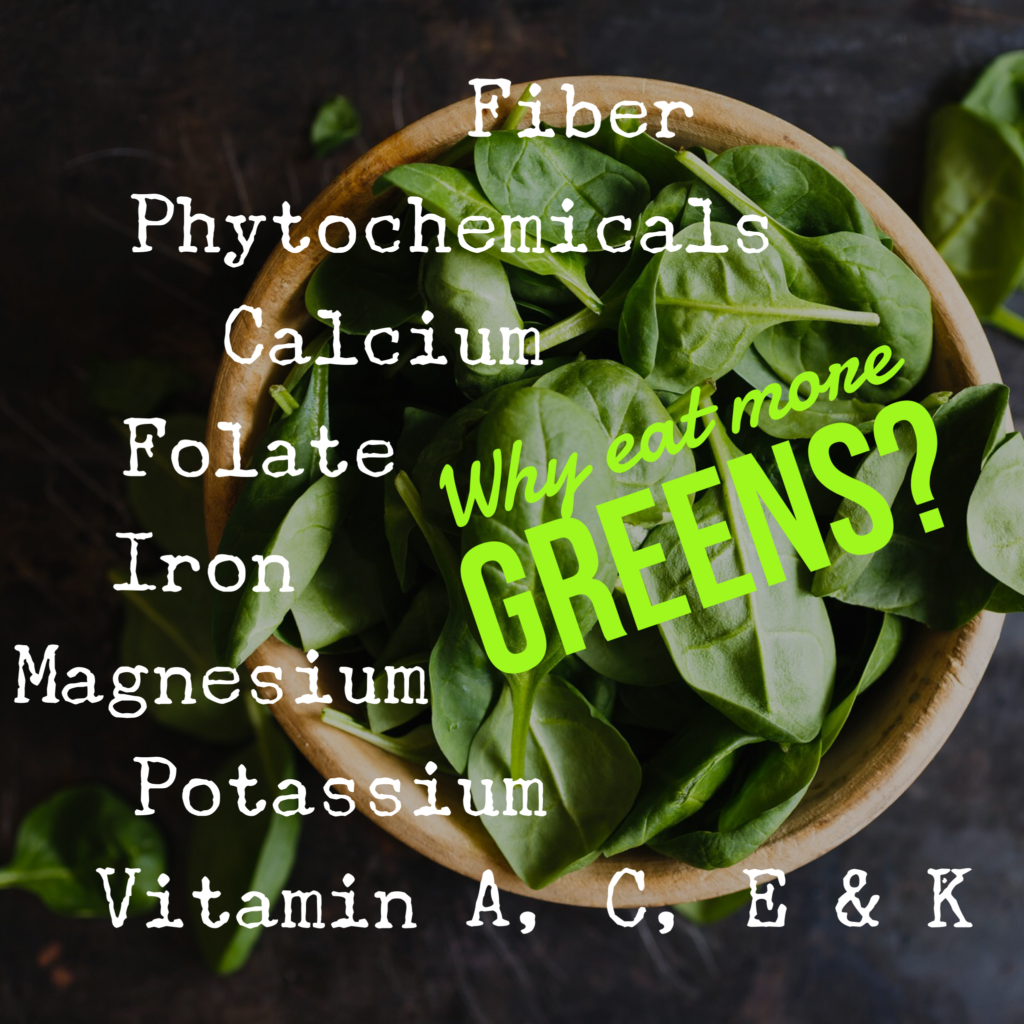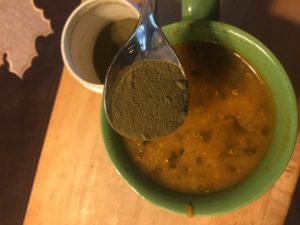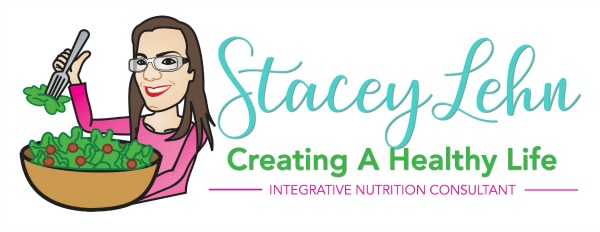Eat your Veggies!!! Why Greens are so crucial to your health

Eat your Veggies!!
It appears that generations of moms knew what they were talking about. Eating mostly vegetables are proving to be the healthiest form of eating habits that we can establish.
Here are some facts about why YOU should be eating your veggies!
Fiber
Known for its role in digestive and heart health, the fiber content in green veggies is eminent. Recommendations encourage males and females to consume 38 and 25 grams of fiber every day, respectively. Fiber can also assist in weight loss and maintenance, as individuals who consume a high fiber diet are more likely to display a lower body mass index (BMI).
*It’s no surprise that those dealing with hashimotos are in desperate need of digestive help, fiber is like “natures broom” helping to keep the digestive tract clean and clear ready to receive nutrition to be absorbed through the inside lining of the intestines.
Phytochemicals
With the prefix ‘phyto’ meaning plant in Greek, phytochemicals are the active compounds found in plants and offer their color, odor, and flavor. The consumption of plants and phytochemicals have shown to protect the body’s cells against damage, ultimately defending against and managing cholesterol, hypertension, and diabetes.
*Thyroid hormones are needed to penetrate the cells so that we can utilize it, phytochemical help with this process.
Calcium
Along with being widely found in milk and dairy products, calcium is also found in green, leafy veggies. In addition to the mineral’s well-known role in bone support, the mineral shows functionality in the muscular, central nervous, and urinary systems.
*Many of us Hashimoto’s folks cannot tolerate diary products very well, which means we must look to greens to get our calcium.
Folate
Green veggies are a significant source of folate, a B vitamin essential for cell production and gross. And while the general public requires folate for critical body processes, its availability is critical for healthy fetal development; folic acid helps develop the brain and spine, along with preventing major birth defects.
*If you have Hashimoto’s, chances are you have a B vitamin deficiency. We are also dealing with sluggish cells and need all the energy boosting foods we can get.
Iron
While iron tends to be rich in red meats, the mineral is also significant in green, leafy veggies. Iron is a mineral essential for oxygenating blood and carrying it throughout the body. Becoming deficient in iron may lead to fatigue, weakness, pale skin, brittle nails, frequent headaches, dizziness, a sore or inflamed tongue, loss of appetite, a tingling sensation in legs, and a rapid heartbeat.
*Are you anemic? Most Hashimoto’s folks are and the best way to get your iron up and stay up is to be diligent about adding s much of it as possible in your daily nutritional regimen.
Magnesium
Being utilized in over 300 physiological processes, obtaining sufficient magnesium is imperative for good health. Magnesium is critical for DNA and RNA production, along with roles in bone development, growth, and maintenance.
*Magnesium helps with making sure that the thyroid stimulating hormone gets into your thyroid….which is what we need to start the process of converting from inactive to active thyroid hormone.
Potassium
Acting as both an electrolyte and mineral, potassium works with sodium to regulate heart rhythms and muscle contractions. Research has shown stroke, osteoporosis, and kidney stones have been reduced as potassium intake rises.
*Many Hashi-folks deal with chronic muscle and joint pain, making sure your potassium levels are adequate is crucial.
Vitamin A
Mostly known to be in orange carrots, vitamin A is found in green vegetables, too. Vitamin A supports normal vision, the immune system, and reproduction.
*Vitamin A is required to ensure that the active form of the thyroid hormone get into the cells.
Vitamin C
Move over citrus fruits, green vegetables also contain vitamin C. The vitamin offers powerful antioxidant properties to boost the immune system and protect the body.
*Vitamin C helps with the conversation of inactive T3 to T4 which we need to fuel our cells.
Vitamin E
Vitamin E acts as a potent antioxidant, protecting cells against damage and preventing disease described in phytochemicals.
*Vitamin E helps to protect the thyroid and all our cells from damage caused by environment and oxidative stress.
Vitamin K
Vitamin K assists in blood clotting, ultimately preventing against excessive bleeding. Additional findings suggest the vitamin may prevent against bone loss and manage morning sickness associated with cancer.
*It can be very easy for us to become deficiency I this due to the gut/hashimotos connection. Vitamin K is used by the body to ensure that we have the right amount of platelets in out blood to ensure proper blood clotting.
Now how to eat your greens?
Make A Salad
As a more obvious choice, make a green, leafy salad! Add broccoli, cucumbers, snap peas, and other favorite veggie varieties. Pair with a lean protein source to add flavor depth and substance, along with a heart healthy, olive oil-based dressing.
Mix into Smoothies
Looking past the anticipated color change, mixing green veggies into smoothies is a simple way to increase veggie intake. Simply throw in a handful or two of fresh spinach and mix until the smoothie is smooth. How about this recipe for a green smoothie in a muffin?

Throw in Meals
From eggs, to soups, to casseroles, throwing in kale, spinach, and other greens offers not only rich nutrients, but bulk without adding a substantial calorie load.
Sneak in Sauces
Be sneaky with greens by throwing them into sauces, including tomato, pizza, and pesto sauces. My go-to is this powdered dehydrated organic GREENS BOOSTER!

Try New Cooking Technique
Trying new cooking and heating methods offers diverse flavors. For instance, if not too intrigued with chomping on raw broccoli, try roasting the greens. Additionally, preparing green veggies with the healthy fats of olive or canola oil helps increase the absorption of the fat-soluble.
Resource: https://balanceblog.bistromd.com

